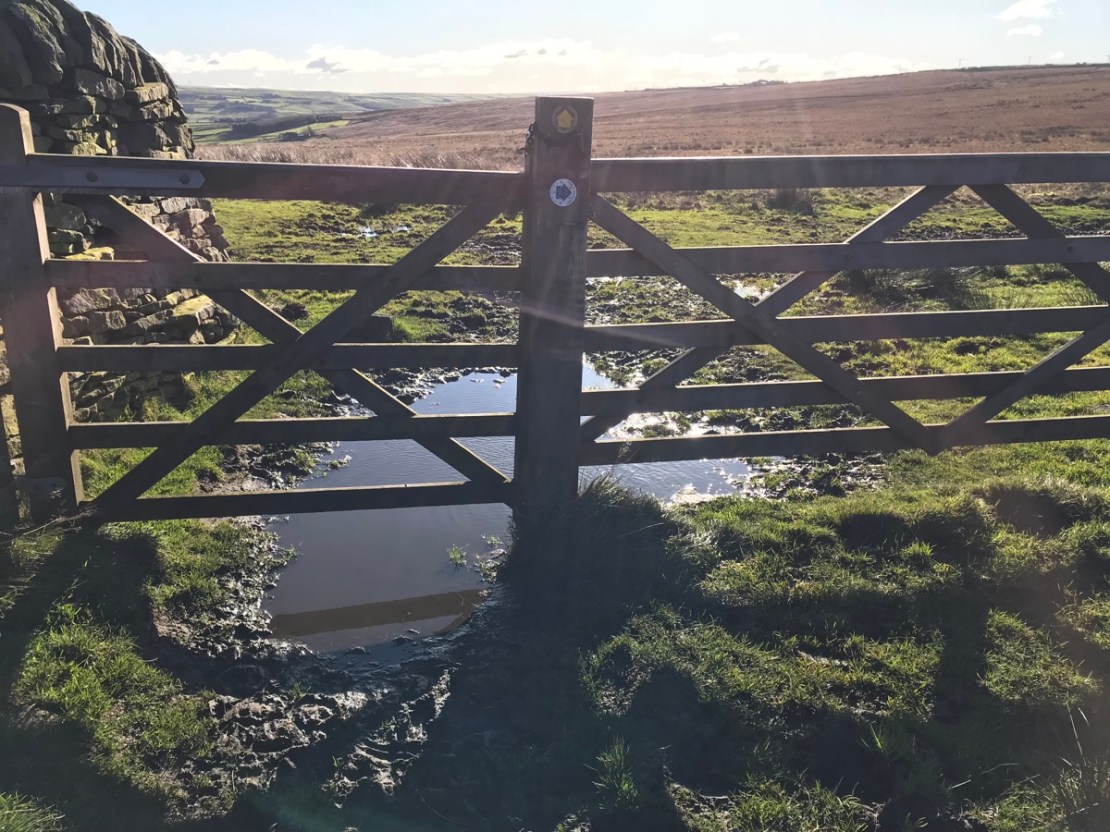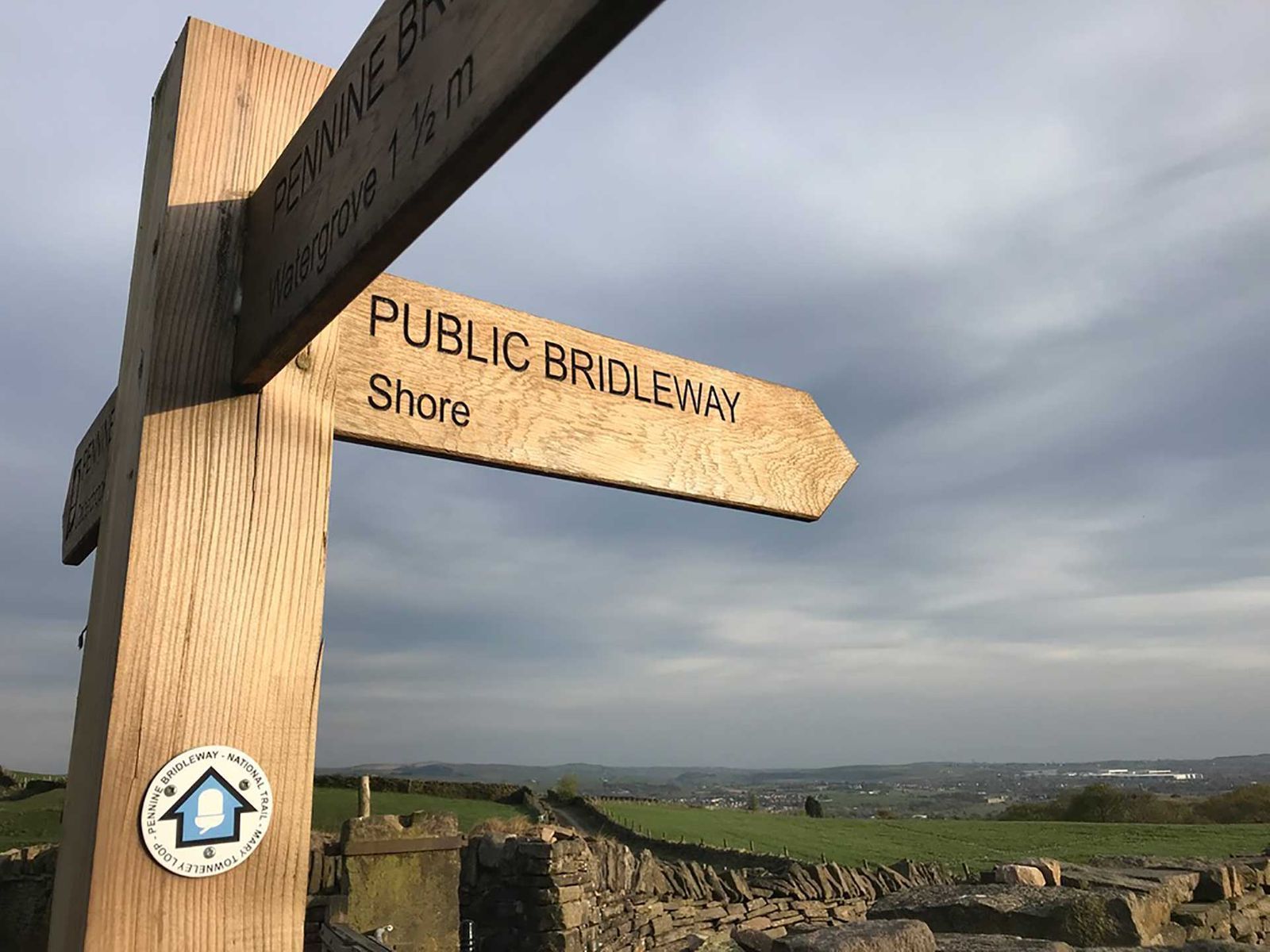Call establishing and extending cyclists’ statutory access rights and removing landowner liabilities.

The UK MTB Trail Alliance writes…
The UK MTB Trail Alliance has contributed to a pivotal report launched by the new All-Party Parliamentary Group (APPG) for Outdoor Recreation and Access to Nature. It calls for legislation to expand everyone’s access to green and blue spaces, and for the legislation to include increased access rights for mountain bikers and reduced landowner liability. The report gathered views from over 750 organisations and individuals from across the outdoor sector and includes 40 recommendations in total.
The report includes all three of the UK MTB Trail Alliance’s main asks in its recommendations to the government:
- Establish statutory rights to responsible access across a broader range of landscapes, including woodlands
- Extend statutory access rights for a broader range of recreational activities, including mountain biking
- Reduce landowners’ concerns about mountain biking by removing any liability associated with physical features on their land
The report also asks the government to simplify the process for upgrading suitable public footpaths to allow cycling, to require that stiles on public rights of way are replaced with accessible alternatives within five years, and to overhaul the Countryside Code and Land Managers’ Code to actively promote public access rights, inspire outdoor activity, and embed responsible behaviour.
If the UK Government were to implement the report’s recommendations, it could mean that woodland is included alongside mountain, moor, heath, down and common land as access land in England, and that mountain bikers could have a right to ride tracks and paths on that access land (which we do not under current legislation). Importantly, reduced liability for landowners would go a long way to ease their concerns about mountain biking on their land. Potentially, it could also mean more footpaths being upgraded to bridleways, and fewer stiles to lug your bikes over.
The UK MTB Trail Alliance has been working to advocate for greater access rights for mountain bikers since its inception. It has been an active member of Outdoors for All for the last 18 months, a coalition of over 50 organisations campaigning to extend responsible access in England, which has successfully led to the creation of the new All-Party Parliamentary Group (APPG) for Outdoor Recreation and Access to Nature and the publication of this report. The UK MTB Trail Alliance is also a member of Outdoor Alliance Wales, which is campaigning for a similar extension of responsible access in Wales, and is a corresponding member of both the National Access Forum for Wales and the Scottish National Access Forum.
Robin Grant, UK MTB Trail Alliance: “We’re feeling really optimistic about the All-Party Parliamentary Group including our three main asks in their report’s recommendations to the UK Government. If implemented, they would represent a monumentally positive change for mountain biking in England, and potentially also influence reform in Wales and Northern Ireland. If you want to help make this happen, please write to your local MP urging them to join the APPG and for them to lobby for the legislation the report recommends.”
The group is led by the Labour MPs Andy MacNae, Phil Brickell and Polly Billington.
McNae, the Labour MP for Rossendale and Darwen said to The Guardian: “The call from the sector is clear: we need ambitious new legislation to expand everyone’s access to green and blue spaces. We have a unique opportunity to build on the legacy left for us by previous Labour governments, who have always sought to ensure that we can all enjoy Britain’s natural beauty.”
The report can be downloaded here (47.9mb).







Absolute dreamland stuff here. Might as well call for mandatory trackpump and energy gel provision while they’re at it.
Is the point to come up with workable, reasonable recommendations for improving access, or just to produce a wishlist which makes it look like no-one on the committee has a clue about the countryside? It just gives the landowner lobby fuel to dismiss all the reasonable parts of the report and label it all as fantasy.
All we want is what Scotland has.
Yes every village needs one
The fundamental problem of ‘access for mtbikes’ (versus general access to the countryside) is that the sport is changing very rapidly. The type of access I’m looking for seems different from what others need. My type of cycling is generally solo low impact wheels on the ground XC, bikepacking and gravel. My colleague’s son likes nothing better than hucking himself off enormous man made gap jumps…..his dad has an ebike and likes tearing round the countryside at breakneck pace with several others in a group, preferably on trails. These three activities all come under the tag of MTB’ing but clearly have very different needs and anyone would say that some of these activities are not suitable for certain locations. Looking at the MTB Trail alliance, it does seem to be made up of trail centre bosses and those looking to alter the landscape in some way to enable the activity to take place – many pictures of people in hard hats with shovels and wheelbarrows etc. I’m a bit worried there may be a conflation of more access needed in a right to roam style v more access needed to build trails……they are different things and non mountainbikers may well confuse them with negative results for overall access.
Hey Martin. In the context this is put within in the report, it seems reasonable to me. From page 15:
To address your secondary point:
I would love for us to have that too. Currently though, it seems to us that the Overton window hasn’t moved far enough in that direction in the English Access debate for that to be politically possible.
What the report asks for is actually much less than the full right-to-roam (including by bike) that Scotland has, and therefore should at least be much more palatable to landowners. With the addition of decreased landowner liability (which Scotland doesn’t have), hopefully the recommendations of the report represent a compromise that landowners can live with.
Beautifully put Martin
@martinhutch – I guess you start big and then let them ‘haggle’ you down to what you actually think you might get. If you started off with a low-ball request you might get beaten down to next to nothing.
I guess the other way around it would be to ask for small things and then once you get them, ask for the next.
FWIW part of my “work" with the Scottish Rights of Way Society is identifying barriers to access, including locked gates and stiles (the Scottish access laws cover bikes and horses too) and having these obstructions removed. There’s no timescale to this, we just report to the Council Access Officers and chase them up. I’ll also chase the local Access Officers here in the National Park when necessary.
@winston covers my thoughts too – what sort of “access" is being requested here? There’s quite a difference between the use of existing paths to meander around the countryside and the use of tools to create more downhill tracks. The Scottish laws didn’t suddenly give folk the right to start digging up other folks land.
@zerocool
I understand that. But this is like sticking your terraced house in Rochdale on Rightmove for a cool million. All you’ll get is scoffed at.
It’s just a ridiculous premise – up my way, removing stiles on FPs would probably make very few of them accessible by the 20% they are referring to, so unless they are planning on also tarmacking the entire footpath, it would be utterly pointless.
Imagine what would be required to remove stiles in even a fraction of a national park? They’d have to open colleges entirely dedicated to drystone walling.
@scotroutes
Strategic removal of stiles where they are the only obstacle to the 20 percent accessing the trail is a worthwhile objective, and as you say, actually achievable. A blanket policy with a totally unrealistic deadline is not. Five years seems like a long time, but it’s a heartbeat in relation to the actual size of the proposed task.
Sounds like you need to get involved @martinhutch (if you aren’t already)…
I don’t disagree with what you are saying but it is always much easier to be against something when not involved at trying to make a change.
Your thinking isn’t bad and I suspect it could be beneficial to have it on board and helping to try and drive things forward.
Things don’t change without people.pushing for it, anything being done is a good thing, if it does help shape and make change.
This isn’t intended as having a go at you, just flagging that I think you have sound reasoning and it could help move things forward.
Hey Winston.
You’re right, in that the UK MTB Trail Alliance’s primary goals are to support trail associations, informal trail groups and bike parks, and to advocate for UK riders and their trails.
However, our most recent membership survey told us that better access rights for all forms of off-road cycling, on all types of paths and tracks, was one of the top three priorities of our members. So, we have been working hard, as part of the Outdoors for All coalition, which also includes other organisations like Cycling UK, the Ramblers, the British Horse Society, the Britsh Mountaineering Council, the Open Spaces Society, the Byways and Bridleways Trust and many others, to try to extend responsible access in England, one of the outputs of which has been this report.
This report is most definitely NOT about more access to build trails, and most definitely IS about more access in a right-to-roam style.
Hope that helps! 🙂
I have made representations locally for ROW upgrades, but it’s like shouting into the void TBH, even pretty well supported stuff just seems to be ignored – so I tend to just get on with riding the footpaths in question.
I don’t think anything can happen until right to roam legislation is delivered, so of course I’m interested and broadly supportive of any campaign which aims to do this, and alarmed by anything which could hamper those efforts (hence my first comment).
Perhaps the idea of universal stile removal was something to achieve sign-up from groups who don’t necessarily agree with right to roam for cycling. But it just seems like self-sabotage to me. It’s entirely undeliverable as described there, and will only harden opposition to any Bill that may be put forward.
Having a browse of the ‘Outdoors for All’ manifesto shows how the interests of the different parties involved only intersect in the broadest possible terms – ‘people having access to the outdoors is a good thing’.
If you look at one of the most powerful groups there – The Ramblers’ Association – its stated policy is still that even FP to BW upgrades should be very tightly controlled and only available in limited circumstances.
As a whole, the report linked above is a good thing, it calls for cycling right to roam legislation, which should be the ultimate single end goal for all of us.
I would have previously thought it was a natural fit for a Labour government to move onto quickly, but they seem remarkably unambitious in all sectors.
I would settle for being able to ride on a footpath
As to removing stiles FFS may as well tarmac the paths, and put some form of lift in on any incline or decent
It’s bad enough here in the Welsh boarders with militant farmers block paths , bolting gates , changing the route of marked BWs & paths, let alone increasing access
At the risk of being pedantic, in Scotland it’s not a right to roam, it’s a right to responsible access. It’s just the name we put on this, but conveys very different expectations, especially to those unfamiliar with the outdoors. You can’t just do whatever you like wherever you like. The more people accept the responsibility part, the more landowners are likely to accept the access part. IMO.
I can’t help but think this perception matters a lot in England when advocating for more access. Harder to argue with responsible access – sounds very reasonable and legal. Right to roam sounds like a free for all.
Agreed, the number of people who have heard about the Scottish Outdoor Access Code and the right to responsible access, but think that allows them to start digging anywhere and everywhere…
Following on from an earlier post, I had a look at the linked website for the UK MTB Trail Alliance and, if I were a landowner/manager, I’d be fighting these calls for increased access. The optics are all wrong. It’s just a shame there’s no Ramblers Association equivalent for folk that just want to ride, responsibly, on existing paths and tracks. This is where Cycling UK should be taking the lead.
Agree with post above (scotroutes). Cycling, esp mtb, will always have issues in that there are some really quite different disciplines lumped together, and (imho) even worse we have multiple ‘cycling’ groups fighting the same fight. I see “mtb rambling” (using and [hopefully extending] the existing row network, preferably inc footpaths responsibly on a bike) as massively different from “trail associations, informal trail groups and bike parks” type riding. For me there isn’t a crossover and I also think that w.r.t row and cycle path stuff it should be Cycling UK.
That’s Cycling UK’s approach to make riding on public footpaths legal, but I can only see massive objections to that by ramblers. The word “footpath" I find is used as a big stick against cycling. “THIS IS A FOOTPATH!" as people scream
Scottish style right-to-roam would be fantastic, but Scotland is quite different in land make up than in England with strong resistance to wandering through people’s farmland and rich folk’s estates in England. Wales stands a better chance.
A reset of right of ways maybe. Get rid of “footpath" and “bridleway", just “right of way" with default to all and then put suitability on them (unsuitable for horses/bikes etc) but only with a very good reason. Can’t see it happening though. Too much legislation and objections.
Gradually getting access through accessibility seems the best way at present. By making paths more accessible there’s a better chance of winning over people to other modes of transport, and besides bikes are an ability aid to many who struggle more with walking.
And yeah the different disciplines of MTB/cycling has issues. Interesting to note in my local patches there are general no-cycling signs but some have no-MTB signs (clearly a mountain bike and rough terrain indicated). I sometimes justify wandering through some no-MTB signed areas in that I may be just passing through as just a cyclist, not shredding trails and sending jumps. Though I’m usually on a hard tail MTB for that kind of ride.
@robingrant Do you have people who are in tune with landowners/farmers?
You need people who get both sides, e.g. live, work, or grew up in that sort of community.
Otherwise reports and articles get pushed out with incendiary statements like legislating to require removal of stiles presumably at their own effort and expense.
I’ll bite. Why?
Has anyone here ridden, several times to take into account weather etc, every bridleway, BOAT, Restricted Byway, in the country? Rather than mess the place up for others why not use what you have first? Also why not consider the greater scheme of things not your own personal desires? Look at the places where access is unlimited. Knackered. The Peak District with all the walkers, the Forest Of Dean. Trashed. West Highland way. A motorway.
Of course this is a political thing. I can’t go there or someone else can so lets all be greedy.
I assume that every single cyclist demanding more access will also be backing any claims by green laning motorcyclists and 4wd ers who have had their rights hammered in recent years, especially by the CROW act. Oh yeah, lets us not forget the need for access by, the currently illegal, e-motorcyclist/delivery rider. Surely they should be able to go where they like as well?
As this has, at this level at least, come via a journalist with a vested interest in screwing the countryside one has to wonder about the morality of the whole thing.
I’ll also bite and say why?
It’s already perfectly legal to ride footpaths, we just don’t have a legal right to do so.
I highly doubt anyone has ever actually been kicked off land for cycling, especially when just getting off and walking gets around all existing laws plus grumpy farmers are always going to be grumpy.
What would legitimising access mean when people are already doing it and no one really objects.